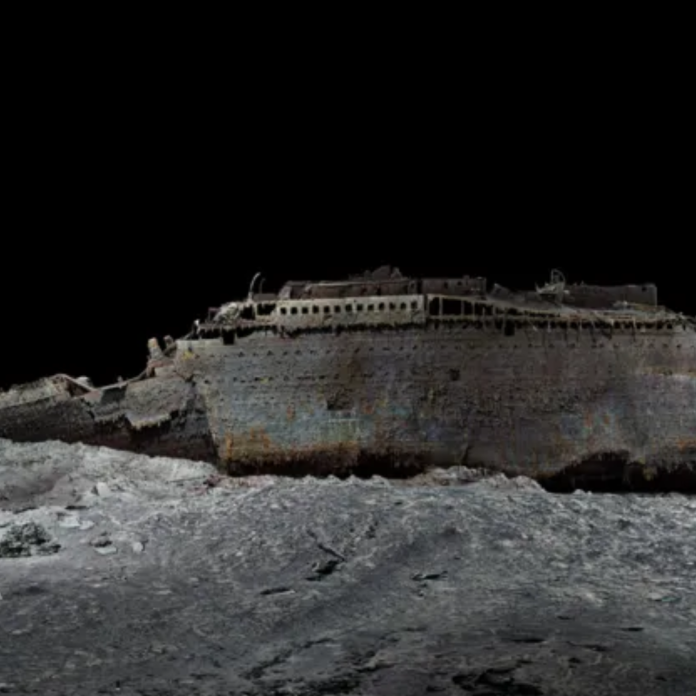A groundbreaking full-scale digital scan of the Titanic has uncovered fresh insights into the tragic final hours of the iconic ocean liner.
The high-resolution 3D reconstruction, built from more than 700,000 underwater images, shows the ship in unprecedented detail. The model reveals the brutal mechanics of how the Titanic split apart after striking an iceberg in 1912, a disaster that claimed over 1,500 lives.
Among the most compelling discoveries is a view inside one of the ship’s boiler rooms. The scan supports survivor accounts that engineers continued working until the end to keep the power running. Collapsed boilers and an open steam valve on the stern suggest that steam was still being generated as the ship sank—heroic efforts that likely saved lives by keeping the lights on as lifeboats were launched.
“This is like investigating a crime scene,” said Titanic analyst Parks Stephenson. “The wreck is the last surviving witness to the tragedy—and she still has stories to tell.”
The Titanic rests 3,800 meters beneath the North Atlantic. The scan, created with submersible robots and cutting-edge imaging tech, forms the centerpiece of Titanic: The Digital Resurrection, a documentary by National Geographic and Atlantic Productions.
Unlike previous expeditions that offered only fragmented glimpses, the scan gives the first complete view of the wreck. The bow sits upright on the seabed, eerily preserved as if still on its voyage. Meanwhile, the stern lies 600 meters away, crumpled from its violent impact with the ocean floor.
Close-up imagery has also revealed what is likely the porthole shattered by the iceberg, aligning with survivor reports of ice pouring into cabins.
Complementing the scan is a new simulation developed by researchers at University College London. Using original blueprints, trajectory data, and supercomputer modeling, the team reconstructed the damage caused by the iceberg. They found that the impact created a series of small punctures—each only the size of an A4 sheet of paper—but stretched across six watertight compartments.
These seemingly minor gashes spelled disaster. The Titanic was engineered to stay afloat with four flooded compartments, but not six. “The difference between staying afloat and sinking came down to small, evenly spaced tears,” said Simon Benson, a naval architecture expert at the University of Newcastle.
Though the lower bow remains hidden under sediment, and many questions still linger, the digital model is already transforming our understanding of the ship’s fate. Personal artifacts from passengers still lie scattered across the sea floor, a haunting reminder of the human cost.
Experts believe it will take years to fully analyze every detail of the 3D wreck. For now, the Titanic continues to yield her secrets slowly.
“Every time, she leaves us wanting more,” said Stephenson.
By BBC


